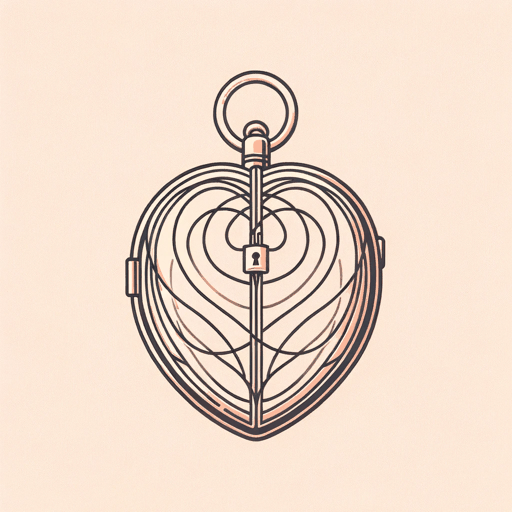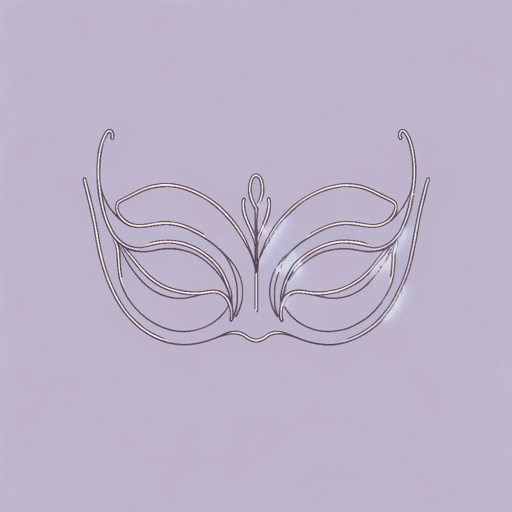55 pages • 1 hour read
Eliza HaywoodLove in Excess
Fiction | Novel | Adult | Published in 1719A modern alternative to SparkNotes and CliffsNotes, SuperSummary offers high-quality Study Guides with detailed chapter summaries and analysis of major themes, characters, and more.
Symbols & Motifs
Gardens
Throughout the novel, significant scenes often take place in gardens. D’elmont meets Amena a number of times in garden spaces, and also later woos Melliora in the garden of his Parisian home. When Frankville describes the illicit relationship between himself and Camilla (which includes the two of them having sex), most of their interactions took place during meetings in the garden of Ciamara’s home. The motif of gardens thus represents the experience of passion and sexuality.
The garden functions as a liminal space that incorporates elements of both the private and the public. It is not as controlled and structured as indoor spaces, where interactions between men and women would typically be highly controlled and monitored. However, it also a space that still has boundaries and limits, often surrounded by walls and gates. This aspect of semi-freedom that the garden permits allows it to be a space where the characters can pursue relationships with some freedom, but still encounter limitations: For example, Melliora and Amena both allow D’elmont to kiss and caress them when they encounter him in these garden spaces, but won’t take the risk of consenting to have sex with him.


